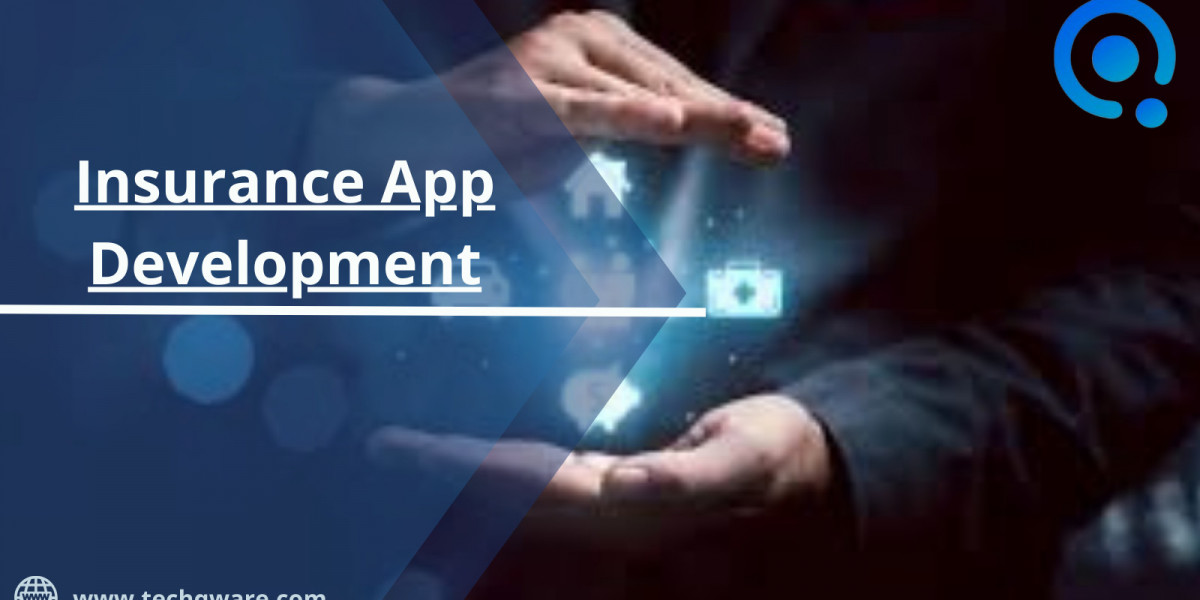Medical instruments are the cornerstone of healthcare, enabling professionals to diagnose, treat, and manage a wide array of conditions. These tools range from basic devices like thermometers to more complex surgical tools, and each plays a critical role in patient care. This blog explores some of the most important medical instruments used in various healthcare settings, categorizing them based on their function and purpose.
1. Diagnostic Instruments
Diagnostic instruments are used to assess a patients condition and identify symptoms of illnesses. These tools aid healthcare providers in determining the underlying issues and planning appropriate treatments.
- Stethoscope
The stethoscope is a classic diagnostic tool in healthcare, used for auscultation, or listening to the internal sounds of a patients body. Doctors use it to monitor heartbeats, lung sounds, and even blood flow in blood vessels. The stethoscope amplifies sounds, allowing clinicians to detect abnormalities like heart murmurs or respiratory issues. It is a fundamental tool in physical examinations and emergency care.
- Otoscope
The otoscope is an instrument used to examine the ears. It features a light and a magnifying lens, which helps doctors assess ear infections, fluid buildup, or damage to the eardrum. Otoscopes are commonly used in routine check-ups for children and adults, particularly for diagnosing ear infections.
- Sphygmomanometer
A sphygmomanometer, or blood pressure cuff, measures blood pressure by detecting the force of blood against artery walls. This is essential for assessing cardiovascular health. High or low blood pressure readings can indicate various health risks, from heart disease to circulatory issues, making sphygmomanometers critical in preventive care.
- Thermometer
A thermometer is a basic yet essential tool for measuring body temperature. Modern thermometers come in digital, infrared, and even wearable forms. Elevated body temperature can indicate infection, inflammation, or other health issues, which makes accurate and quick temperature readings crucial in diagnostic settings.
2. Surgical Instruments
Surgical instruments are essential for any procedure requiring incisions, tissue manipulation, or suturing. Precision and sterilization are vital, as these tools directly interact with the body.
- Scalpel
The scalpel is one of the most important tools in surgery. It consists of a small, extremely sharp blade used to make incisions in skin or tissues. Surgeons rely on scalpels for their precision, and the blades come in various shapes and sizes depending on the type of surgery. Disposable scalpel blades are common for maintaining sterility.
- Forceps
Forceps are handheld tools used to grasp, hold, or manipulate tissues during surgery. They come in various types, such as tissue forceps for holding skin or organ tissues and hemostatic forceps for controlling bleeding by clamping blood vessels. Forceps are vital for procedures that require precision and stability, especially when handling delicate tissues.
- Sutures and Needle Holders
Sutures, or stitches, are threads used to close wounds or surgical incisions, promoting healing and preventing infection. Needle holders are tools that secure the suture needle, allowing the surgeon to stitch wounds accurately. Both sutures and needle holders are essential for closing surgical incisions.
- Retractors
Retractors are used to hold open incisions or wounds, giving surgeons a better view of the surgical area. They come in various designs, including handheld retractors for minor procedures and self-retaining retractors that lock into place for prolonged operations. By keeping the area open and accessible, retractors help in reducing operation time and improving surgical outcomes.
3. Monitoring Instruments
Monitoring instruments are essential for tracking a patients vital signs and health status, especially in critical care and surgical settings. These devices help clinicians make real-time decisions and monitor the patients response to treatments.
- Electrocardiogram (ECG or EKG) Machine
An ECG machine records the electrical activity of the heart, producing a readout that shows heart rate, rhythm, and any irregularities. Its crucial for diagnosing conditions such as arrhythmias, heart attacks, and other cardiac issues. Portable ECG machines are often used in emergency rooms, intensive care units, and outpatient settings.
- Pulse Oximeter
A pulse oximeter measures oxygen levels in the blood and provides pulse rate readings. This small device clips onto a patients finger and uses infrared light to assess oxygen saturation, making it essential in situations where oxygen levels must be monitored closely, such as during surgeries, in respiratory illnesses, or in COVID-19 cases.
- Blood Glucose Monitor
Blood glucose monitors are vital for patients with diabetes, as they measure blood sugar levels quickly and accurately. By analyzing a small blood sample, the device provides real-time data that helps manage blood glucose through diet, exercise, and medication. Blood glucose monitors are often used in clinics and as personal home devices for daily use.
4. Imaging Instruments
Imaging instruments allow healthcare providers to see inside the body without invasive surgery. These tools help diagnose a range of conditions and are integral to many medical disciplines.
- X-ray Machine
An X-ray machine uses radiation to produce images of the inside of the body, specifically bones. Its widely used for diagnosing fractures, infections, and abnormalities in the chest, abdomen, and other regions. Portable X-ray machines are also used in emergency situations and bedside imaging in hospitals.
- Ultrasound Machine
Ultrasound machines use high-frequency sound waves to produce images of soft tissues, organs, and blood flow. Commonly used in obstetrics, it helps visualize fetal development during pregnancy. Its also used for diagnosing gallstones, liver conditions, and monitoring heart health.
- Magnetic Resonance Imaging (MRI) Machine
MRI machines use magnetic fields and radio waves to produce detailed images of soft tissues and organs. MRI is often used for brain, spinal cord, and joint imaging, providing a more comprehensive view than X-rays or CT scans. The clarity of MRI scans helps in diagnosing conditions like tumors, torn ligaments, and neurological issues.
5. Respiratory and Anesthesia Equipment
These instruments play a key role in surgeries and critical care, where managing breathing and providing anesthesia is essential.
- Anesthesia Machine
Anesthesia machines deliver a controlled mixture of gases and anesthetic agents to put patients to sleep during surgery. They include ventilators that maintain breathing, monitoring systems for oxygen levels, and vaporizers for delivering anesthetic gas. These machines are essential for ensuring patient safety during procedures.
- Ventilator
A ventilator is a machine that provides mechanical ventilation to patients who cannot breathe independently. It controls the flow of oxygen into the lungs and assists with exhalation. Ventilators are commonly used in intensive care units, during surgeries, and for patients with respiratory issues.
6. Sterilization Instruments
To maintain hygiene and prevent infections, sterilization instruments are crucial in all healthcare settings. These tools ensure that all medical instruments remain germ-free and safe for use.
- Autoclave
The autoclave uses steam under high pressure to sterilize medical instruments. By killing bacteria, viruses, and fungi, autoclaves ensure that reusable instruments are safe for the next procedure. Autoclaving is considered one of the most effective sterilization methods for medical equipment.
- Ultrasonic Cleaners
Ultrasonic cleaners use high-frequency sound waves in a cleaning solution to remove debris from medical instruments. They are commonly used for instruments with hard-to-reach areas and are often a preliminary step before autoclaving.
Conclusion
Medical instruments are integral to healthcare, supporting professionals in diagnosing, treating, and monitoring patients. Each instrument is carefully designed for its role, from the stethoscope to advanced imaging machines, ensuring precision, safety, and efficacy in patient care. As technology advances, these instruments continue to evolve, enhancing the ability of healthcare providers to deliver high-quality care across all medical fields.









